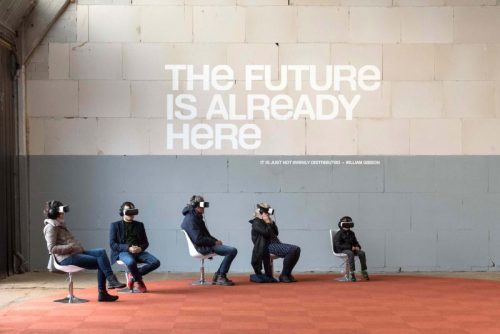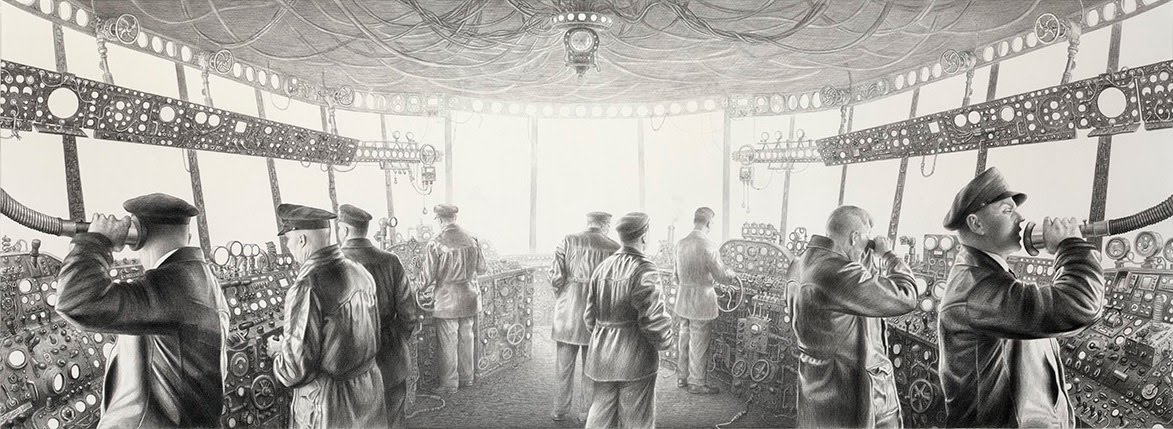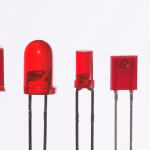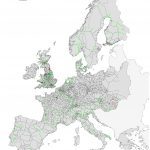“This theoretical essay argues that the development of so-called ‘smart innovations’ is based on the monotonous application of seven standardized principles: electrification, digitalization, webification, datafication, personalization, actuation, and marketization. When a new smart innovation appears, what has typically occurred was the implementation of these principles to an object or process that, until that moment, had managed to remain unscathed by the smart innovation monoculture. As reactions to this dominant logic, ten major critical arguments against smart innovations have emerged in the academic literature: smart innovations are considered to be superseding, unhealthy, subordinating, exploitative, manipulative, addictive, fragile, colonial, labyrinthine, and both ecologically and socially unsustainable.”
“To a certain extent adopting the traits of a manifesto, this essay aims to challenge the monoculture of smart innovations by means of proposing the development of a charter potentially capable of promoting change on two fronts. First, facilitating technologists to develop truly creative ideas that are not based on the application of the monotonous principles of smart innovation. Second, challenging technologists to develop new ideas and concepts that are effectively beyond the above-mentioned ten criticisms. This is a highly relevant area for citizen-driven, political, and academic activism, as smart innovations, despite their conceptual weaknesses and patent negative consequences, surprisingly continue to be preferred beneficiaries for funding in contemporary policy-making and academic research circles.”
Read more: Ferreira, António. “Seven Principles and Ten Criticisms: Towards a Charter for the Analysis, Transformation and Contestation of Smart Innovations.” Sustainability 14.19 (2022): 12713.
Via Roel Roscam Abbing.







